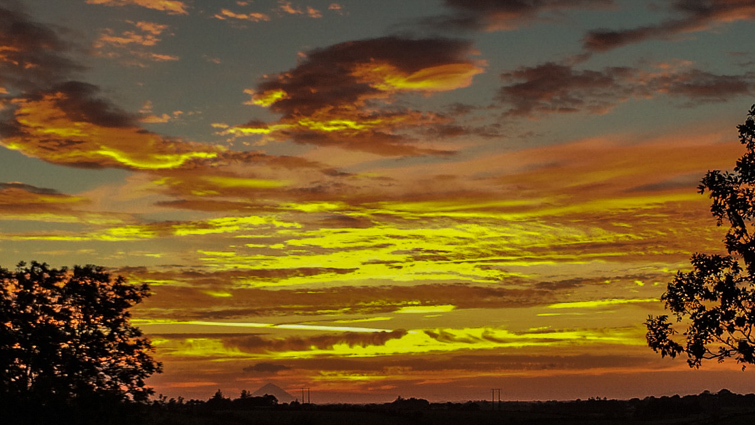Fairies in Co. Mayo

People feared the fairies’ power the most and believed they lived in fairy and haunted places around the countryside.
The “Siogs”, as they called the fairies, gave rise to many superstitions and customs and influenced their daily lives.
People were terrified to be out after midnight; they were always in search of protection against fairy abduction and ghosts. Little “pieces of protection” included specific objects such as a nail or anything made of iron, a quenched coal, a grain of salt, a hazel stick and the mighty potent blackthorn stick.
A burned out coal was often placed in babies’ blankets or iron tongs across the cradle to protect babies from the fairies.
People thought fairies could kidnap children and leave a changeling in their place.
Boys, aged up to nine years old, were dressed up as girls. The intention was to confuse fairies, who according to lore, were more interested in abducting boys than girls.
It was believed a long and loud wailing, heard at night time, was the cry of the Banshee, the Fairy Woman.
This happened before the death of people with a surname beginning with “Mac” or “O’”.
She was described as a grey long haired little old woman dressed in a black cloak.
If a child sneezed, people always said: “God bless you” because they feared the fairies were about to abduct him/her or if he/she fell over they immediately were given a grain of salt and a drink of milk with a bit of salt at bedtime. Salt was the most powerful antidote against the fairies.
If somebody split some milk, it meant the fairies wanted it, and the first drops of a just made poitin were always split away for them.
A bush grown lone in a field was called “The Fairy Bush”. It was believed fairies played and danced around it at night, and nobody dared to cut it along with hawthorn, yew and apple strongly associated with them too.
A glass of poitin was pitched out the door to appease the most feared and malevolent of all fairies, the pooka, and send it off to bother someone else instead.
On Achill Island fairies, ghosts, supernatural and hauntings were a common matter.
In the bogs people cutting turf never cut into little mounds or hill rocks, in Irish “sídh grogíni”, because they believed they were the houses of the fairies, the “banshees”.
It was also said the fairies sat on them crying before the death of a person.
Farmers used to cure the sick cattle with “sidhes”.
The sidhes , also called elf-darts or fairy stones or fairy darts, were prehistoric implements, frequently arrowheads dated back to the Bronze Age.
They were described as small blue coloured stones of various shapes and sizes. It was said that the hollows on their surface were the tracks of the fairy fingers.
They were treasured in a bag and hung in the stable to protect the animals. Only the owner of the cattle could touch the fairy stones.
The stones were dropped into a bucket of water. Shortly afterwards, the sick cattle was given three drinks from the healing water. Animals were supposed to get well soon.
The pooka was the scariest and most feared fairy which could assume a variety of terrifying forms and vandalise properties, farms, fences and gates. It was a vindictive fairy.
For this reason in hope to keep the pooka calm and harmless Mayo people used to throw a glass of poitin out of the door after nightfall.
